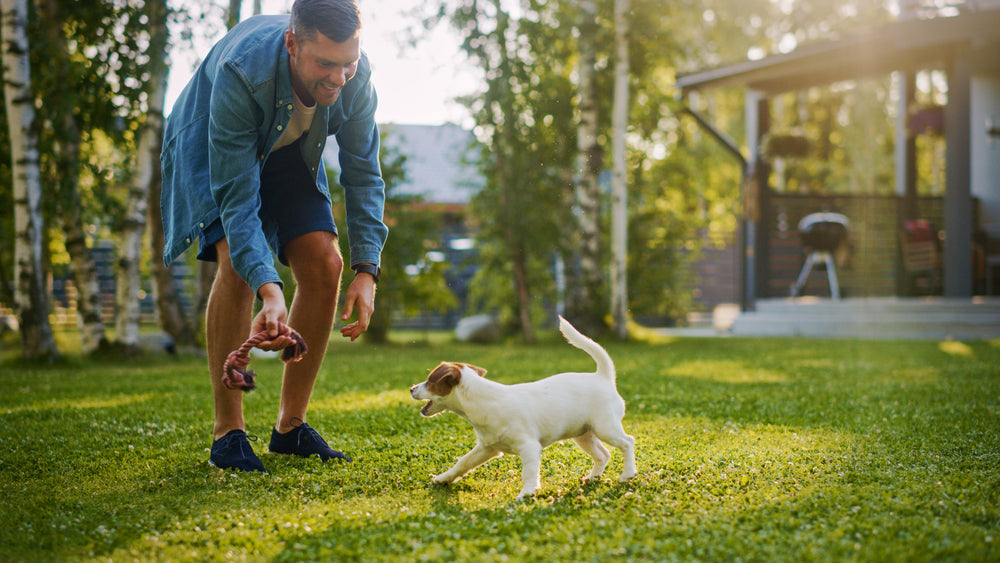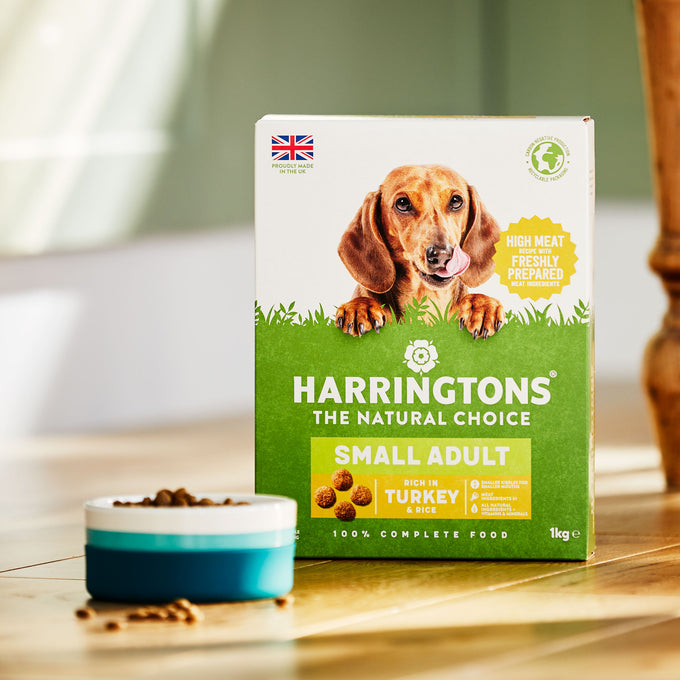Exercising your puppy is a crucial part of their overall health and development. However, it's essential to understand that puppies have different exercise needs compared to adult dogs.
In this blog, we aim to educate pet owners on how to exercise their puppies properly, ensuring they grow up healthy and strong without putting undue stress on their developing bodies.
By following the guidelines outlined here, you can ensure that your puppy gets the right amount of physical activity, helping them develop into happy, healthy adult dogs.
Understanding Puppy Development
Puppies are in a critical growth phase where their bones, joints, and muscles are still developing. During this time, it's important to provide the right amount of exercise to avoid causing long-term damage. Over-exercising can lead to joint issues, bone damage, and other health problems that could affect your puppy's quality of life as they grow.
Puppies' bones are more delicate than those of adult dogs. Their growth plates, which are areas of developing cartilage tissue, are especially vulnerable to stress and injury. Until these growth plates close and turn into solid bone, which can take up to 18 months, puppies need to be handled with care.
Understanding these aspects of puppy development helps us realize why a tailored exercise routine is necessary. It’s not just about keeping them active; it’s about ensuring their activities promote healthy growth without causing harm.
Recommended Exercise Guidelines
A general rule of thumb for exercising puppies is to allow 5 minutes of exercise per month of age, up to twice a day. This means a 2-month-old puppy should have no more than 10 minutes of exercise per session, while a 6-month-old puppy can handle up to 30 minutes per session.
These sessions can be divided into one or two parts throughout the day, ensuring your puppy gets the activity they need without overdoing it. It’s important to remember that these guidelines are not one-size-fits-all. Each puppy is unique, and factors such as breed, size, and individual energy levels should be considered.
By following this guideline, you can help your puppy build strength and endurance gradually, supporting their overall development without risking their health.
Signs of Over-Exercising
It's crucial to observe your puppy and adjust their exercise based on their behavior. Signs of over-exercising include excessive panting, limping, reluctance to move, and overall tiredness. If your puppy shows any of these symptoms, it’s a clear indicator that they need more rest.
Puppies may not always know their limits and could continue playing even when they're exhausted. As a pet owner, it's your responsibility to monitor their activity and ensure they get enough downtime. Over-exercising can lead to serious health issues, so it’s better to err on the side of caution.
Listening to your puppy and adjusting their exercise routine accordingly will help prevent injuries and ensure they enjoy a healthy growth phase.
Types of Suitable Exercises
When planning your puppy’s exercise routine, focus on low-impact activities that are gentle on their developing bodies. Some suitable exercises include:
- Short walks: Keep them brief and at a pace your puppy is comfortable with.
- Gentle play: Interactive toys, fetch with soft balls, and tug-of-war can be fun and safe.
- Basic training exercises: Simple commands like sit, stay, and come can provide mental stimulation and light physical activity.
Avoid activities that involve high jumps, long runs, or rough play with larger dogs, as these can put too much strain on their joints and bones. The goal is to engage your puppy in activities that promote healthy development without risking injury.
Building Up Exercise Gradually
Gradually increasing your puppy’s exercise time is key to ensuring they develop strength and endurance without injury. Start with short sessions and slowly add a few minutes each week as your puppy grows and becomes more robust.
This gradual approach helps your puppy’s muscles and joints adapt to increased activity levels, reducing the risk of over-exercising. Additionally, it allows you to monitor your puppy's response to different exercises and adjust as needed to ensure they are comfortable and not overworked.
A slow and steady increase in exercise will help your puppy build a solid foundation for a healthy, active adult life.
In summary, exercising your puppy correctly is essential for their healthy development. Remember to limit exercise based on their age, monitor for signs of over-exercising, and choose low-impact activities suitable for their growing bodies. By building up exercise gradually and listening to your puppy's needs, you can help them develop into strong, healthy adult dogs.
Ensuring a balanced approach to your puppy's exercise routine will promote their physical well-being and create a strong bond between you and your furry friend. Happy exercising!

